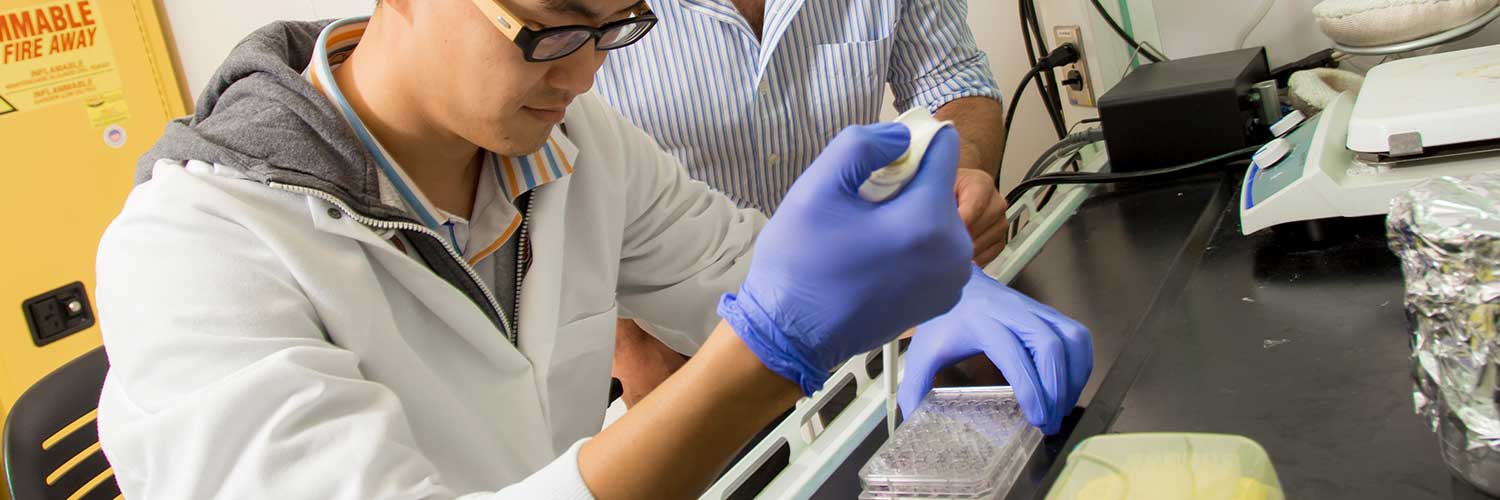There is often a lack of clinical graft options or limitations with the ones currently used clinically. There are a variety of biomaterial strategies for the development of synthetic or naturally-derived medical devices. Tissue engineering uses degradable biomaterials and seeks to develop alternative grafts for patients by better understanding how cells interact with the environment around them and apply this knowledge to develop strategies to produce tissue engineered grafts.
One of the advantages of tissue engineered grafts is that they are designed to better integrate with the body by degrading and being replaced with new tissue. This is a very interdisciplinary field and involves material science, cell biology, physiology, biomechanics, and transport phenomena. Further, this knowledge is applied to the different components of a tissue engineering strategy, including scaffold fabrication, stem cells, bioreactors, and drug delivery. This provides a variety of options for both undergraduate and graduate students who study in this area.
Cardiovascular Tissue Engineering
Bashur Lab | Chris Bashur, Ph.D.
Our work focuses on elucidating how cells interact with their microenvironment, including topography and scaffold composition, and using this knowledge to develop strategies to produce tissue-engineered grafts. Lab members come from a range of engineering and biology backgrounds. All of these perspectives allow us to work on different stages necessary to develop clinical therapies: including (a) developing novel biomaterials, (b) exploring cell - microenvironment interactions, and (c) determining the viability of constructs in vivo.
Functional Biomaterials and Tissue Engineering
Kishore Lab | Vipuil Kishore, Ph.D.
Dr. Vipuil Kishore's Functional Biomaterials and Tissue Engineering Laboratory in the chemical engineering program at Florida Tech has several ongoing research projects on the development of collagen-based biomimetic scaffolds for tissue engineering applications. Biofabrication techniques such as 3D printing, freeze-casting and electrochemical alignment are used to process collagen solutions and generate scaffolds that mimic the physicochemical properties (composition, structure, mechanics) of native tissue extracellular matrix. These biomimetic scaffolds can provide the essential physical and biochemical cues to direct cell response and guide functional tissue regeneration.
Biomanufacturing
Biomanufacturing | Kunal Mitra, Ph.D.
Research in this laboratory focuses on developing 3D bioprinted vascularized tissues for Space and Earth-based applications. Advances in bioengineering, biomaterials, and 3D tissue models have led to in vitro systems that better replicate the structure, physiology, and function of tissues seen in vivo. 3D tissue models will provide significant advantages over their 2D counterparts, including more physiologically relevant representations of cell morphology, proliferation gradients, drug response, gene expression, and overall cell behavior.


 Give to Florida Tech
Give to Florida Tech 